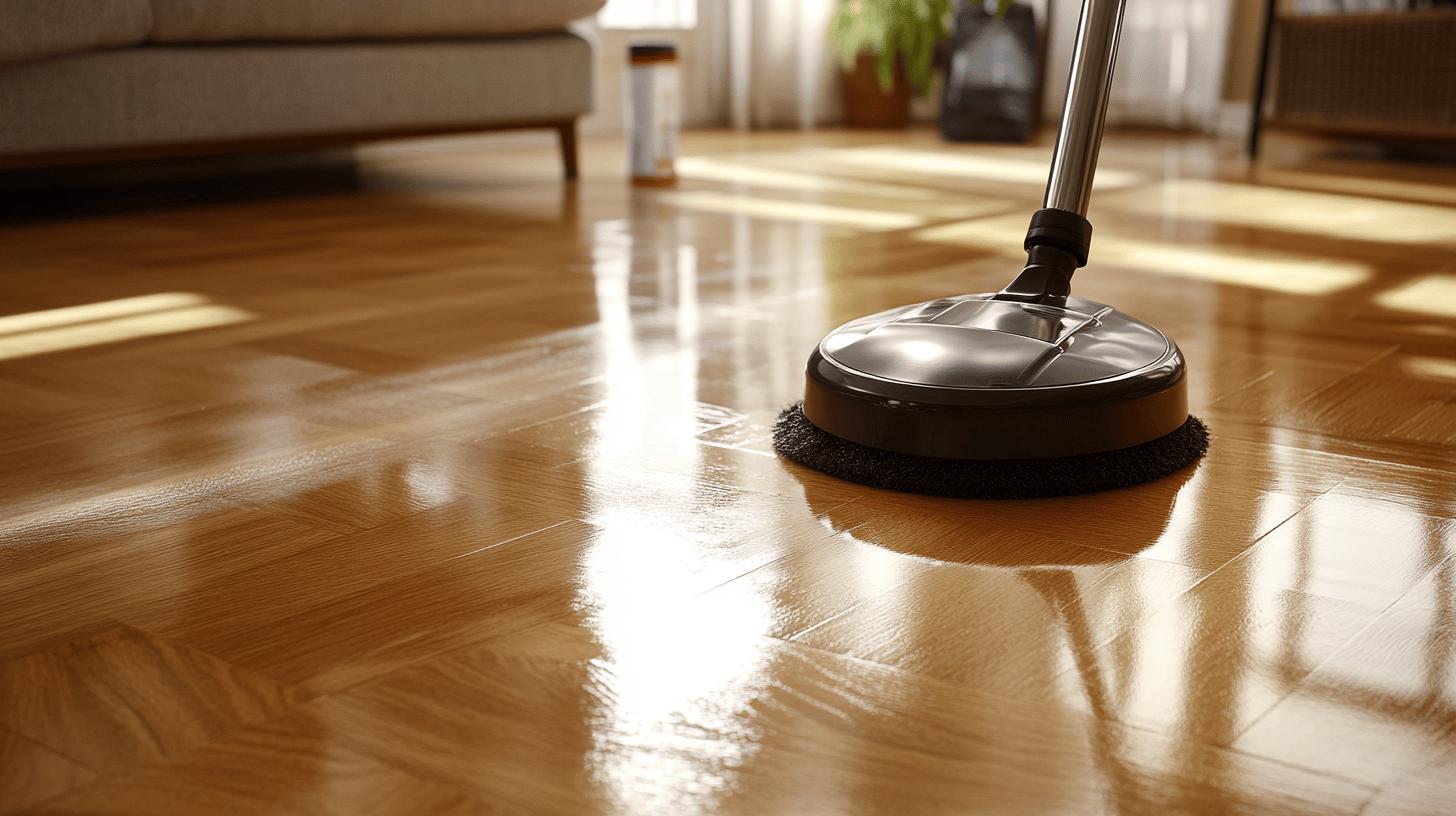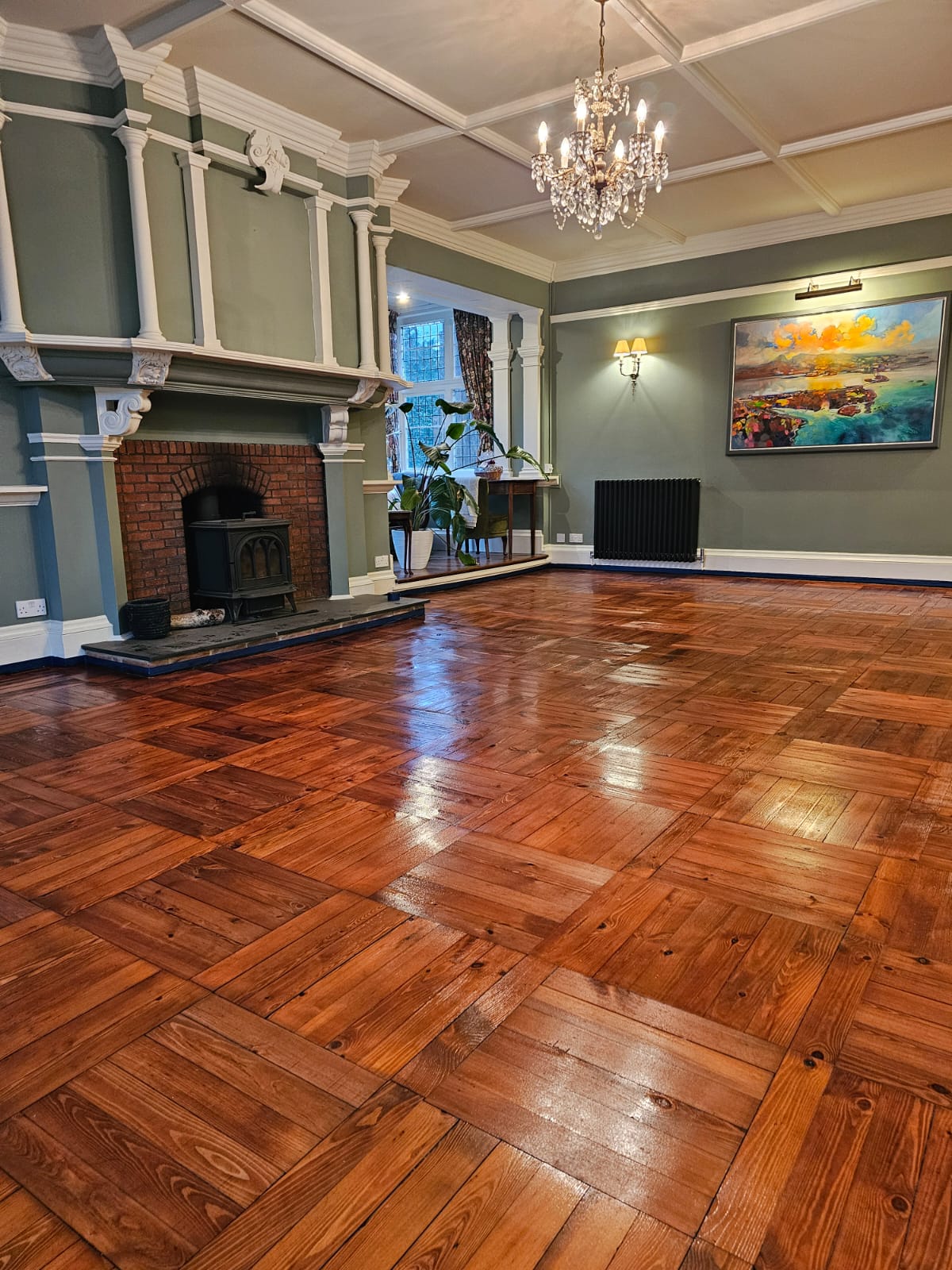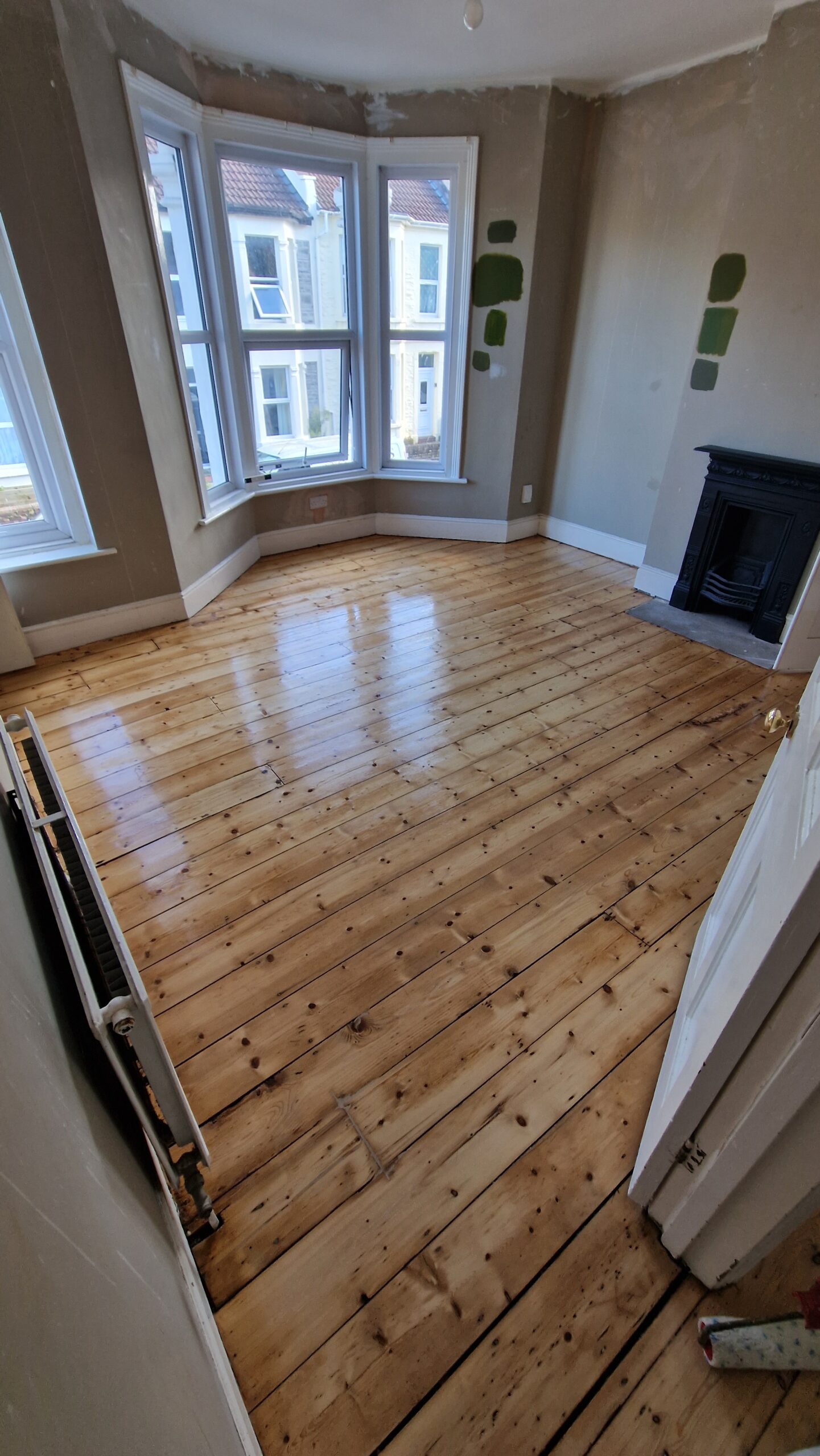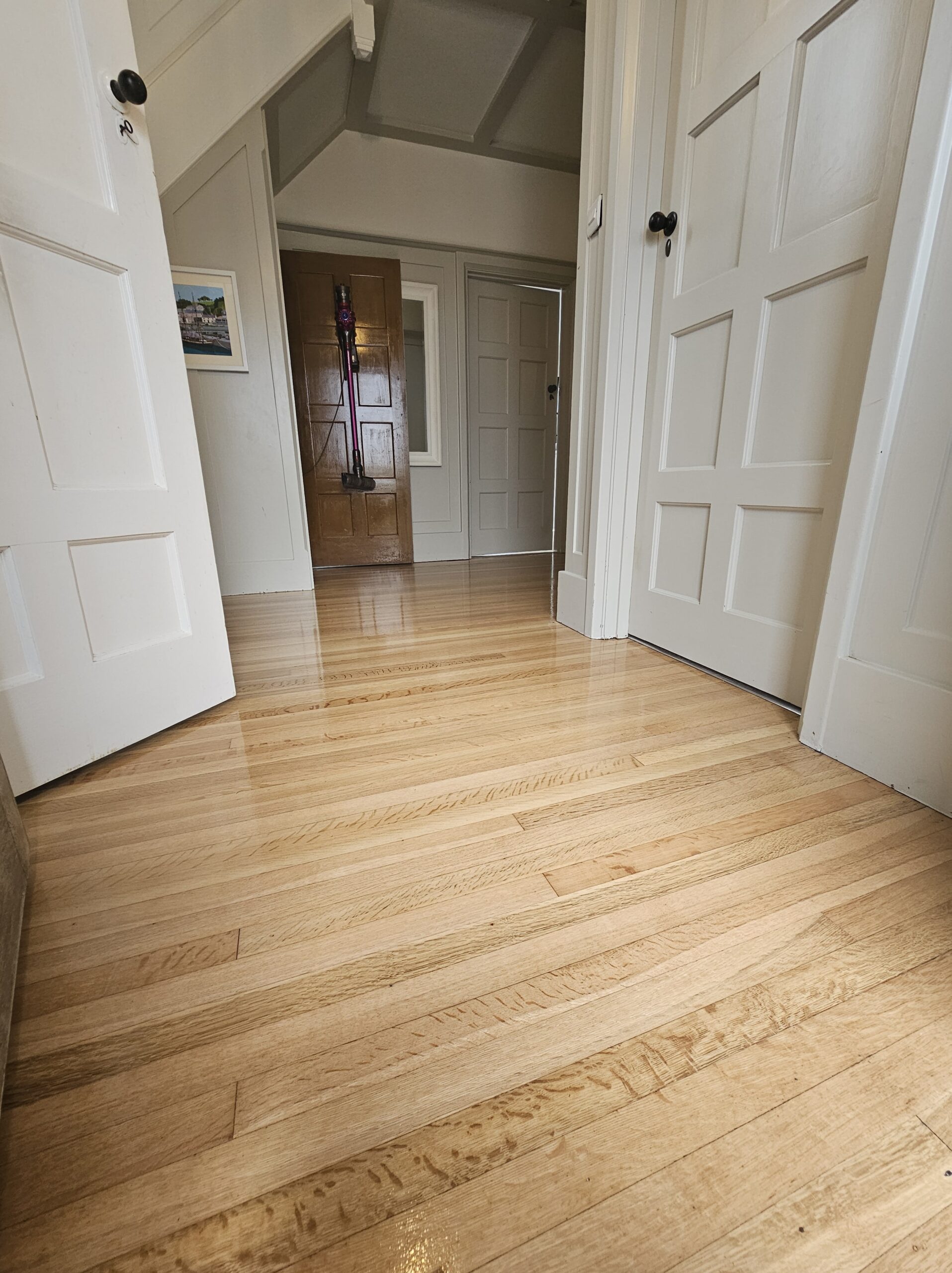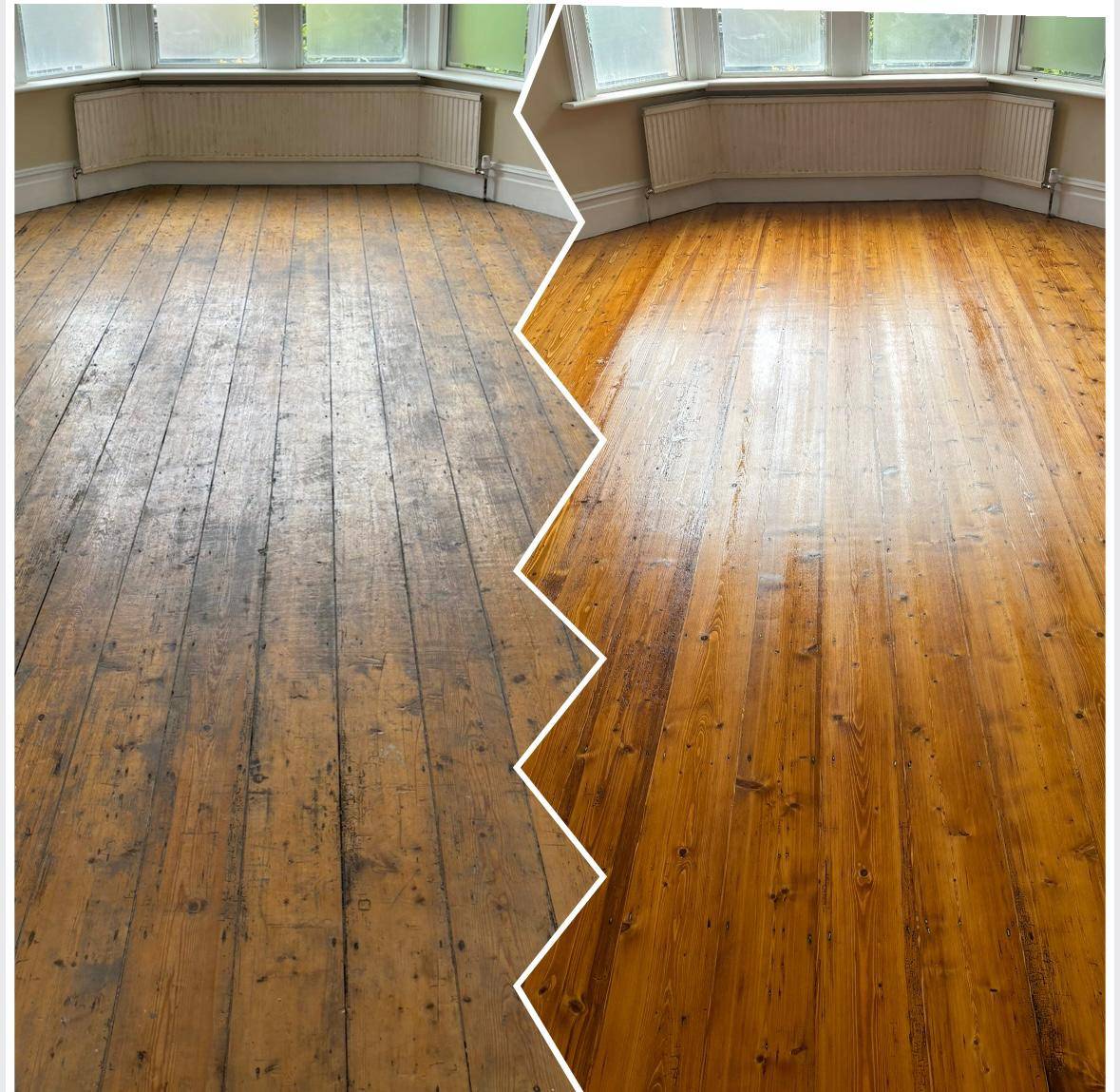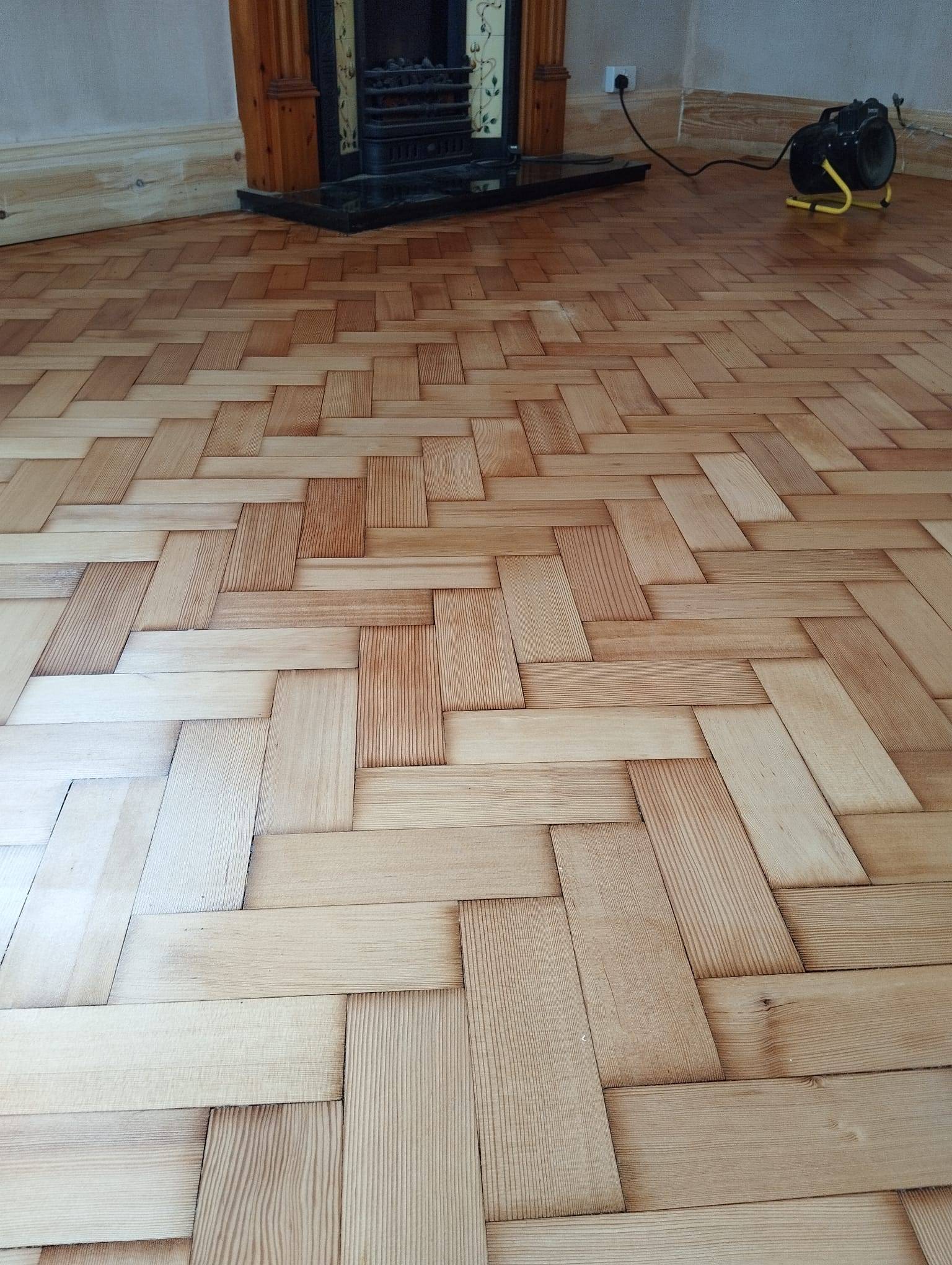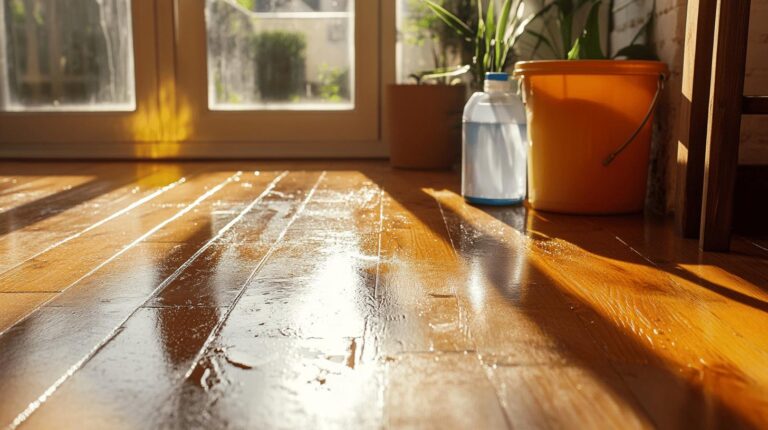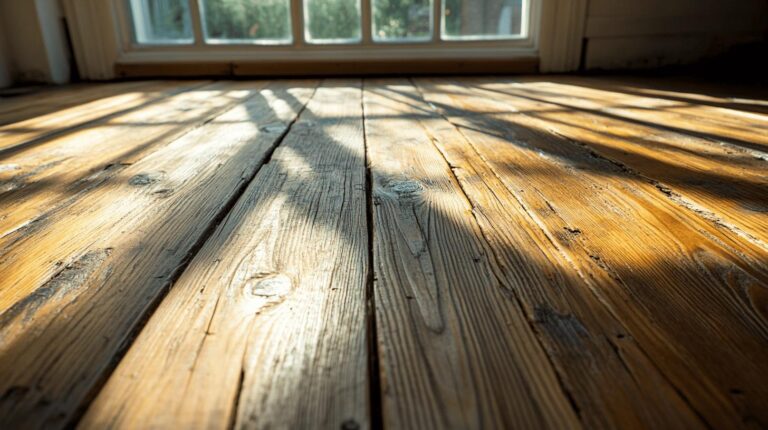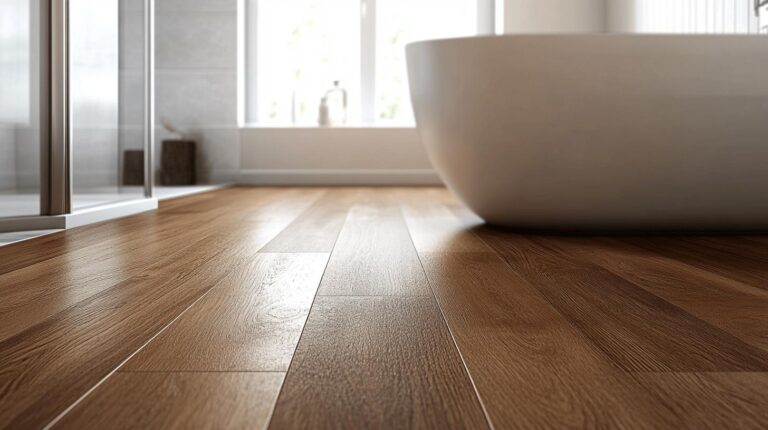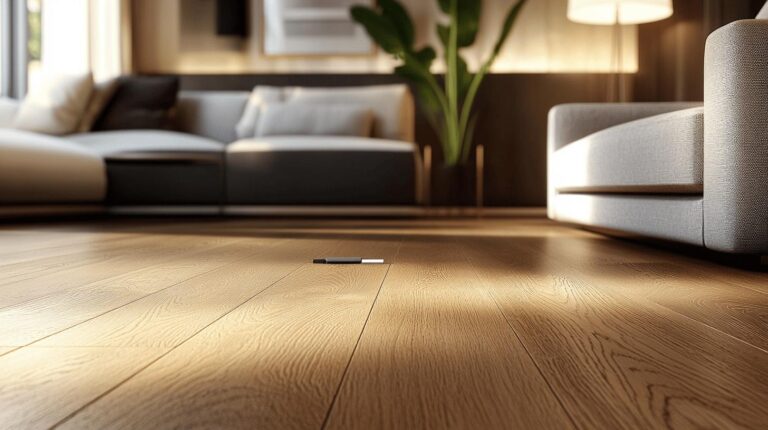Are your commercial wood floors beginning to look worn and tired? Our expert commercial floor sanding services can help address constant foot traffic wear. In high-traffic areas, maintaining the beauty and durability of wooden floors can seem like a daunting task. However, with the right knowledge and approach, you can ensure that your flooring remains pristine. This guide will delve into essential maintenance tips specifically tailored for commercial spaces with significant footfall. By understanding the distinct needs of different wood types and employing targeted strategies, facility managers can effectively preserve the aesthetics and longevity of their floors.
Understanding Commercial Wood Floor Maintenance
In commercial environments, understanding the types of wood flooring and proper wood floor restoration techniques is crucial for effective maintenance. There are primarily two types: pre-finished and unfinished. Pre-finished floors come with a protective coating, often polyurethane, reducing the immediate need for sealing. Unfinished floors, however, require sealing post-installation to ensure protection against wear and tear. Facility managers must be knowledgeable about these types, as each has distinct maintenance requirements that influence the longevity and appearance of the flooring.
High-traffic areas present unique challenges for wood floor maintenance. Common issues include:
- Scratches and scuffs from heavy footfall
- Finish wear, leading to dull and unprotected surfaces
- Accumulation of dirt and debris
- Moisture damage from spills or cleaning
- Colour fading due to sunlight exposure
In tackling these challenges, daily maintenance plays a pivotal role. Regular sweeping is essential to prevent dirt accumulation, especially in high-traffic zones. Facility managers are key players in this process, responsible for implementing and overseeing maintenance routines tailored to the specific flooring type and traffic level. Their expertise ensures that the floors remain not only aesthetically pleasing but also safe and durable in the long term.
Effective Cleaning Techniques for High-Traffic Wood Floors
Regular cleaning and professional commercial floor restoration are essential in maintaining the durability and appearance of wood floors in high-traffic areas. These environments subject the floors to constant wear, making daily and monthly cleaning routines indispensable. Adhering to proper cleaning techniques helps prevent damage and preserves the floor’s finish.
Daily Cleaning Techniques
For daily cleaning of wood floors in high-traffic areas, use a damp mop with a suitable cleaning solution. A recommended method involves mixing 1 cup of WOCA Commercial Soap with 2 1/2 gallons of warm water. This solution effectively removes dirt and debris without harming the wood’s surface.
Step-by-step daily cleaning process:
- Sweep or vacuum the area to clear loose dirt and particles.
- Prepare the cleaning solution by mixing the specified amounts of WOCA Commercial Soap and warm water.
- Dip the mop into the solution and wring it out thoroughly to ensure it is only damp, not wet.
- Mop the floor in sections, ensuring even coverage.
- Allow the floor to air dry completely before allowing foot traffic.
Monthly Deep Cleaning
Monthly deep cleaning is crucial to maintaining the floor’s finish and preventing damage from accumulated grime. This process involves using a more intensive cleaning method to rejuvenate the wood surface.
Deep cleaning process:
- Begin by vacuuming or sweeping the floor to remove all loose dirt.
- Use a specialised wood floor cleaner designed for deep cleaning to avoid stripping the protective finish.
- Apply the cleaner according to the manufacturer’s instructions, often involving a damp mop or specialised cleaning pad.
- Rinse the floor with clean water if required and ensure thorough drying.
Maintaining cleanliness without damaging the floors requires careful adherence to recommended products and methods. Always use cleaning solutions specifically formulated for wood floors and avoid excessive water usage that can lead to warping or stains. By implementing these best practices, facility managers can ensure that wood floors in high-traffic areas remain beautiful and long-lasting.
Recommended Products for Durable Commercial Wood Floors

For maintaining the durability and enhancing the appearance of commercial wood floors, using specialised products is essential. WOCA Commercial Oil is specifically designed for oil-finished wood floors, providing a robust protective layer that prolongs the floor’s lifespan by guarding against wear and tear. Similarly, WOCA Maintenance Oil Diamond Active offers exceptional resistance to scratches and stains, ensuring that high-traffic areas remain resilient and visually appealing. These products not only protect the wood but also help retain its natural beauty over time.
Incorporating high-quality products into your floor maintenance routine is crucial for long-term upkeep. Products like WOCA Oil Refreshing Soap are vital as they rejuvenate the floor by adding essential oils, which enhance the existing finish and provide additional protection. By investing in these optimal floor cleaning supplies, facility managers can ensure that the floors not only withstand the rigours of daily use but also maintain their aesthetic appeal.
Preventive Measures to Minimise Floor Damage
Preventive maintenance is a cornerstone of preserving the quality and appearance of wood floors in high-traffic commercial areas. By implementing effective strategies, businesses can significantly reduce wear and tear, prolonging the life of their flooring investments. These measures not only enhance durability but also maintain the aesthetic appeal of the floors, ensuring they withstand the rigours of daily use.
- Use of protective mats: Placing mats at entrances and high-traffic zones helps to capture dirt and moisture before it reaches the wood surface, reducing potential damage.
- Regular inspections: Conducting frequent checks allows for early detection of issues such as scratches or finish wear, enabling timely interventions.
- Implementing no-shoe policies in specific areas: This can substantially diminish the impact of footfall, preserving the floor’s condition.
- Annual reapplication of floor finish: Reapplying the finish annually helps maintain resistance to water and stains, restoring the floor’s original appearance.
Periodic reapplication of the floor’s finish plays a crucial role in maintaining its integrity. This process involves refreshing the protective coating, which not only revives the floor’s aesthetic appeal but also reinforces its defences against moisture, stains, and daily wear. By adhering to a scheduled maintenance plan, facility managers can ensure their wood floors remain both functional and visually striking in high-traffic environments.
Case Studies: Successful Maintenance in High-Traffic Commercial Areas
Examining real-life examples provides valuable insights into the effective maintenance of wood floors in commercial settings. These case studies illustrate the practical application of maintenance routines and the pivotal role facility managers play in preserving the aesthetics and durability of wood floors. The following examples highlight successful approaches in high-traffic environments, offering actionable strategies that can be adapted to similar spaces.
Case Study 1: Retail Store Success
In a bustling retail environment, maintaining wood floors can be quite challenging due to constant customer foot traffic. One retail store successfully tackled this issue by implementing a rigorous maintenance routine. The store prioritised daily cleaning using WOCA Commercial Soap diluted in warm water, ensuring the removal of dirt without damaging the floor’s finish. Monthly deep cleaning sessions with WOCA Oil Refreshing Soap rejuvenated the floors by adding essential oils, enhancing their protective layer.
Moreover, the store conducted quarterly sanding and refinishing to repair scratches and stains, preserving the floor’s elegant appearance. The facility manager played a crucial role in coordinating these efforts and scheduling maintenance activities during off-hours to minimise disruption. As a result, the store maintained a pristine look, attracting customers and enhancing the shopping experience.
Case Study 2: Office Building Maintenance
An office building faced the challenge of preserving the aesthetic appeal of its wood floors amidst high employee footfall. The building’s management adopted a preventive approach by strategically placing protective mats at entrances and high-traffic areas, capturing dirt and moisture before they could reach the wood surfaces. Regular inspections were conducted to identify signs of wear, allowing for timely interventions.
The office management also implemented an annual reapplication of the floor’s finish, reinforcing its resistance to water and stains. This proactive strategy ensured the wood floors remained visually appealing and durable, contributing to a professional and welcoming office atmosphere. The facility manager’s expertise was instrumental in executing these strategies, demonstrating the importance of knowledgeable oversight in floor maintenance.
By learning from these case studies, other commercial spaces can adopt similar maintenance strategies to preserve their wood floors. Key takeaways include the importance of routine cleaning, the strategic use of protective mats, and the regular reapplication of finishes. Facility managers are essential in tailoring these practices to fit the unique demands of their environments, ensuring that wood floors remain both functional and aesthetically pleasing.
Final Words
Navigating the intricacies of commercial wood floor maintenance involves understanding various cleaning techniques and employing the right products. From daily sweeping to monthly deep cleaning, maintaining high-traffic wood floors demands consistent care. Products like WOCA oils play a crucial role in preserving the floor’s finish and enhancing durability.
Preventive measures, including mats and regular inspections, are essential for mitigating damage. Case studies demonstrate the effectiveness of strategic maintenance in preserving aesthetics and functionality. By integrating these insights, maintaining vibrant commercial spaces becomes achievable, ensuring both durability and visual appeal over time.
Protect your commercial wood floors – Get expert maintenance advice from Ryan’s Restoration today!
FAQ
How do you protect wood floors in high-traffic areas?
Protecting wood floors in high-traffic areas involves employing preventive measures like using protective mats, implementing no-shoe policies, and regular inspections to detect early signs of wear, ensuring longevity and reduced damage.
How do you maintain flooring in high-traffic areas?
Maintaining flooring in high-traffic areas requires daily sweeping, using damp mops with suitable cleaning solutions, and regular deep cleaning to preserve the finish and prevent surface wear.
How do you clean high-traffic areas on hardwood floors?
Cleaning high-traffic areas on hardwood floors involves using a damp mop and a mixture of a cup of cleaning product, such as WOCA Commercial Soap, and 2 1/2 gallons of warm water for effective daily maintenance.
What is the best hardwood floor finish for high-traffic areas?
The best hardwood floor finish for high-traffic areas is one that offers resistance to water and stains, with periodic reapplication ensuring it remains effective, thus maintaining the wood’s appearance and protection over time.
